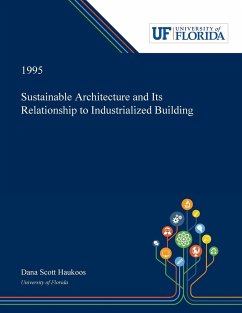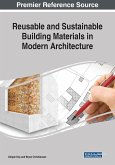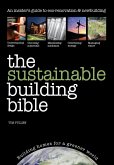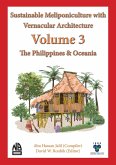Abstract: While the concept of sustainable architecture is broadly understood in general terms, a comprehensive quantitative measure is more difficult to define. This study proposes a basis for one such analytical methodology based on the theory of ecological energetics known as eMergy analysis. The goal is to develop a method by which the sustainability of various approaches to architecture can be compared, and to look at industrialized building from this perspective. EMergy analysis involves determining the total amount of energy of a single type that is required to produce a given amount of material. this result is called the eMergy per unit mass. EMergy evaluation of several commonly used building materials is presented, including wood, steel, concrete, and glass products. This data, combined with conventional cost estimating techniques, is used to estimate first costs both in terms of monetary and eMergy units. A case study is presented which compares a residential design of three alternative construction materials and methods; two alternatives represent conventional construction approaches and the third represents an industrialized approach. EMergy analysis is show to provide a means of analytically comparing diverse inputs to the building process (materials, fuels, human services, etc.) based upona common metric. It can full accomodate the concept of life-cycle assessment, including issues of reuse, recycling, and renewable resources. Dissertation Discovery Company and University of Florida are dedicated to making scholarly works more discoverable and accessible throughout the world. This dissertation, "Sustainable Architecture and Its Relationship to Industrialized Building" by Dana Scott Haukoos, was obtained from University of Florida and is being sold with permission from the author. A digital copy of this work may also be found in the university's institutional repository, IR@UF. The content of this dissertation has not been altered in any way. We have altered the formatting in order to facilitate the ease of printing and reading of the dissertation.
Hinweis: Dieser Artikel kann nur an eine deutsche Lieferadresse ausgeliefert werden.
Hinweis: Dieser Artikel kann nur an eine deutsche Lieferadresse ausgeliefert werden.








